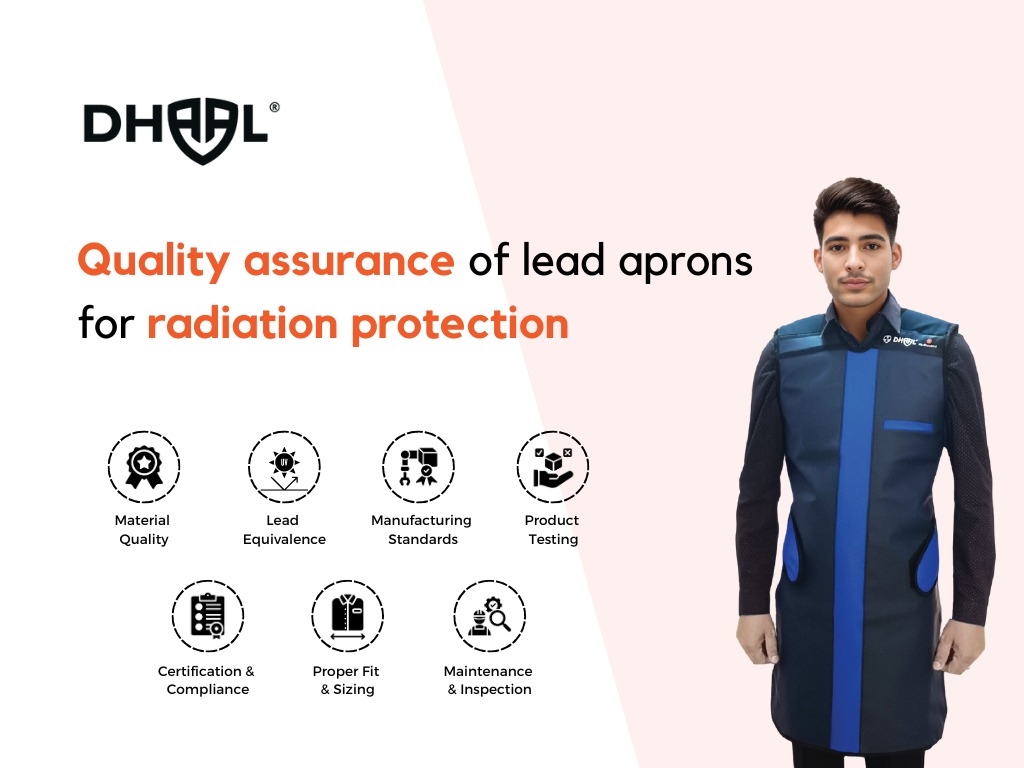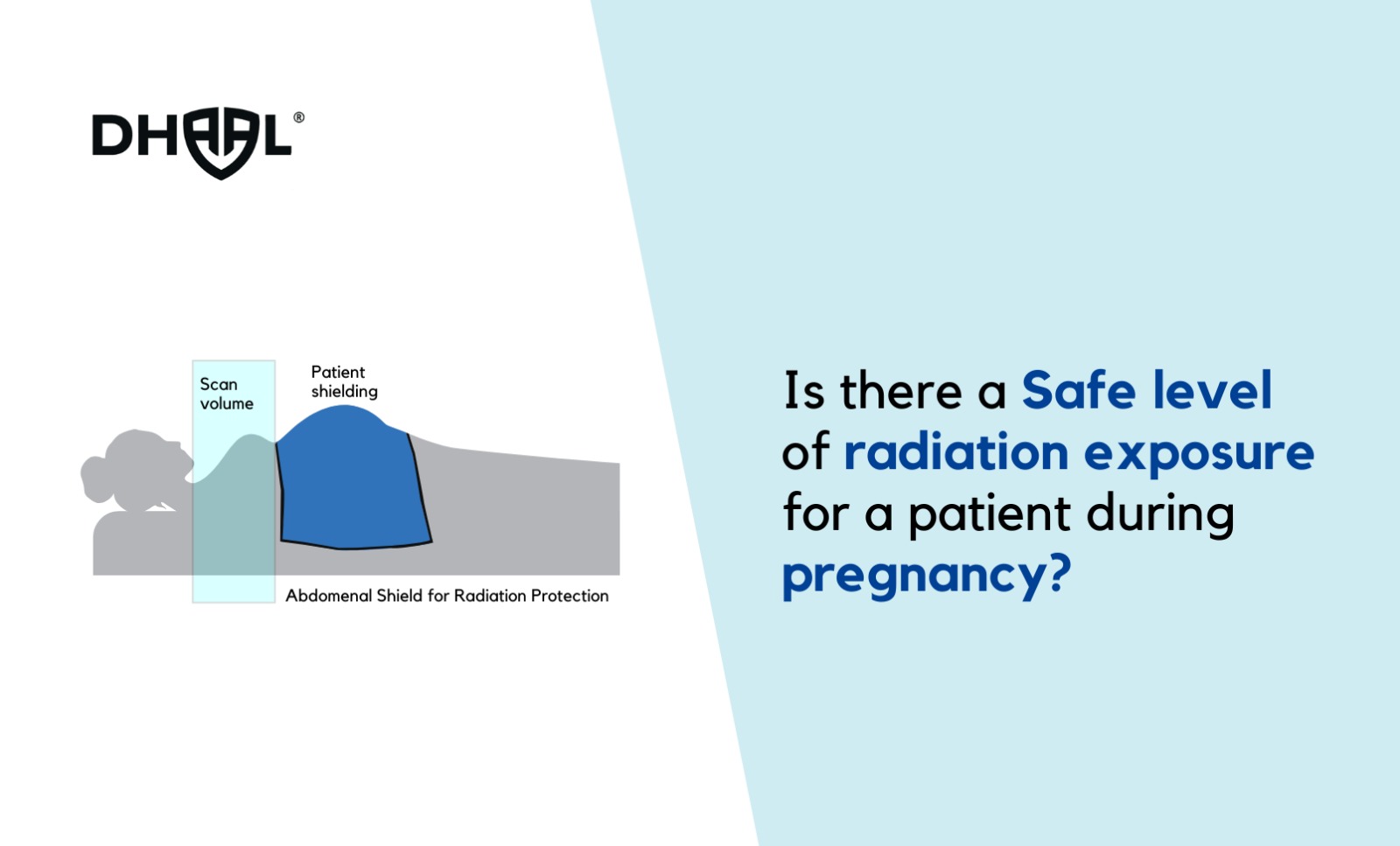
Certainly! Here’s a more detailed breakdown of how to protect yourself from scatter radiation in the cath lab:
- Use Protective Gear
- Lead Aprons:
- Type: Choose a lead apron that covers as much of your body as possible. There are various styles, including front protection and wrap-around options.
- Weight Consideration: Select a weight that you can comfortably wear for extended periods, as heavier aprons can lead to fatigue.
- Inspection: Regularly inspect aprons for cracks or damage; have them repaired or replaced as needed.
- Thyroid Shields:
- Importance: The thyroid gland is particularly sensitive to radiation exposure, making a thyroid shield essential.
- Fit: Ensure the shield fits snugly to provide adequate protection without discomfort.
- Lead Glasses:
- Types: Use lead-lined glasses or lead goggles that provide adequate shielding for your eyes.
- Comfort: Choose a pair that is comfortable for long procedures and does not obstruct your field of vision.
- Positioning
- Distance:
- Radiation Inverse Square Law: Remember that radiation intensity decreases with the square of the distance from the source. Aim to maintain as much distance as possible.
- Operational Guidelines: During procedures, position yourself further from the imaging equipment whenever you can, especially during high-exposure periods.
- Shielding:
- Lead Barriers: Utilize stationary or mobile lead barriers that can be placed around the procedure area to protect yourself and colleagues.
- Operator Positioning: Whenever possible, position yourself behind these barriers, especially when the radiation source is active.
- Limit Radiation Exposure
- Minimize Fluoroscopy Time:
- Efficiency: Prepare and rehearse procedures to reduce the time the fluoroscope is active.
- Alternatives: Use non-fluoroscopic techniques when possible, and consider relying on ultrasound or other imaging modalities.
- Collimate:
- Technique: Always use collimation to narrow the beam to the area of interest, minimizing unnecessary exposure to surrounding tissues.
- Practice: Make it a habit to check and adjust collimation before each procedure.
- Work Practices
- Rotate Responsibilities:
- Team Approach: Organize shifts so that staff members rotate roles, allowing everyone to share the exposure load.
- Cross-Training: Ensure team members are trained for multiple roles to facilitate this rotation.
- Maintain Awareness:
- Situational Awareness: Continuously monitor your position relative to the radiation source, especially when adjusting equipment.
- Communication: Establish clear communication among team members about radiation safety and positioning during procedures.
- Regular Training and Education
- Stay Informed:
- Workshops and Seminars: Attend regular workshops on radiation safety and updates in best practices.
- Certifications: Consider additional certifications in radiation safety and protection.
- Review Protocols:
- Access to Guidelines: Keep institutional guidelines and protocols easily accessible for review.
- Feedback Sessions: Conduct regular debriefings to discuss radiation safety and areas for improvement.
- Monitoring
- Use Dosimeters:
- Types: Wear personal dosimeters (thermoluminescent or electronic) to track exposure levels.
- Analysis: Regularly review dosimeter readings and discuss any significant changes with your safety officer.
- Institutional Policies:
- Follow Protocols: Adhere to your institution’s policies regarding maximum allowable exposure and report any concerns promptly.
- Optimize Procedures
- Plan Ahead:
- Pre-Procedure Meetings: Discuss each case before the procedure to plan the approach and minimize radiation use.
- Checklists: Utilize checklists to ensure all necessary preparations are made to limit radiation exposure.
- Utilize Technology:
- Advanced Imaging Systems: Stay updated on the latest technology that can enhance imaging quality while reducing radiation (e.g., digital fluoroscopy).
- Settings Optimization: Learn to adjust imaging settings for lower doses without compromising image quality.
- Regular Equipment Maintenance
- Service Schedule: Ensure imaging equipment is serviced according to a regular schedule to maintain optimal performance and safety.
- Calibration: Regularly calibrate equipment to ensure that radiation emissions are kept to a minimum while maintaining quality images.
Conclusion
By following these detailed strategies, you can significantly reduce your exposure to scatter radiation in the cath lab. Staying informed, using appropriate protective gear, and implementing best practices will not only safeguard your health but also enhance the overall safety culture within your institution.



